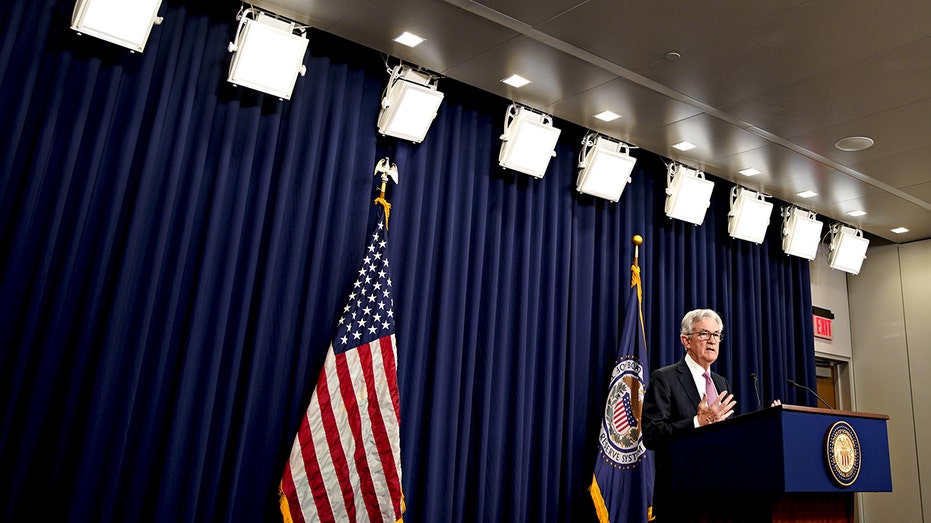Fed's preferred inflation gauge accelerated more than expected in August
Economists expected core inflation to increase in August
'Volcker-ized' Fed fighting inflation at the expense of growth, strategist says
Aegon Asset Management chief macro strategist Frank Rybinski argues until there is a 'dovish Fed pivot' market volatility will persist on 'The Claman Countdown.'
The Federal Reserve's preferred inflation gauge accelerated again in August, keeping prices elevated near a four-decade high, according to new data released Friday,
The Personal Consumption Expenditures (PCE) index showed that core prices, which strip out the more volatile measurements of food and energy, climbed 0.6% from the previous month and rose 4.9% on an annual basis, according to the Commerce Department.
Those figures are both higher than the 0.5% monthly increase and 4.7% annual increase forecast by Refinitiv economists, indicating that inflationary pressures are broadening throughout the economy. The reading is also up from July's annual increase of 4.7%.
The more encompassing headline figure rose 6.2% on an annual basis after prices rose 0.3% from the previous month, compared with a 0.1% decline in July. That increase came despite a sharp decline in gas prices.
THE FED'S WAR ON INFLATION COULD COST 1M JOBS

A customer shops at a supermarket in Millbrae, California. (Li Jianguo/Xinhua via Getty Images / Getty Images)
While the Fed is targeting the PCE headline figure as it tries to wrestle consumer prices back to 2%, Chair Jerome Powell previously told reporters that core data is actually a better indicator of inflation.
"Core inflation is a better predictor of inflation going forward," Powell said. "Headline inflation tends to be volatile."
SEVERE RECESSION NEEDED TO COOL INFLATION, BANK OF AMERICA ANALYSTS SAY
However, both the core and headline numbers point to inflation that is running well above the Fed's preferred 2% target, a troubling sign as the central bank is already hiking interest rates at the fastest pace in decades.
Policymakers have already approved five consecutive rate hikes, including three back-to-back 75 basis point increases, and have shown no signs of slowing down. At their latest meeting last week, Fed officials laid out an aggressive rate-hike trajectory that would put the federal funds target rate well into restrictive territory by the end of the year.
"Core inflation accelerated, likely keeping the Fed on track for another aggressive 0.75% increase to the Fed funds rate in November," said Jeffrey Roach, chief economist for LPL Financial.

Jerome Powell, chairman of the U.S. Federal Reserve, speaks during a news conference following a Federal Open Market Committee meeting in Washington, D.C., on May 4, 2022. (Al Drago/Bloomberg via Getty Images / Getty Images)
CLICK HERE TO READ MORE ON FOX BUSINESS
Despite scorching-hot inflation, the report showed consumers continued to open their wallets in August: Spending rose 0.4% after declining 0.2% the month before. However, after-tax income increase just 0.1% after rising 0.5% the previous month.
Inflation-adjusted spending rose just 0.1%.
"The U.S. looks poised to eke out positive GDP [gross domestic product] growth in the third quarter, after two consecutive quarters of negative growth," Roach said. "But growth may not last long. A recession looks more likely in early 2023 as the economy eventually breaks under the pressure of an aggressive Federal Reserve."





















